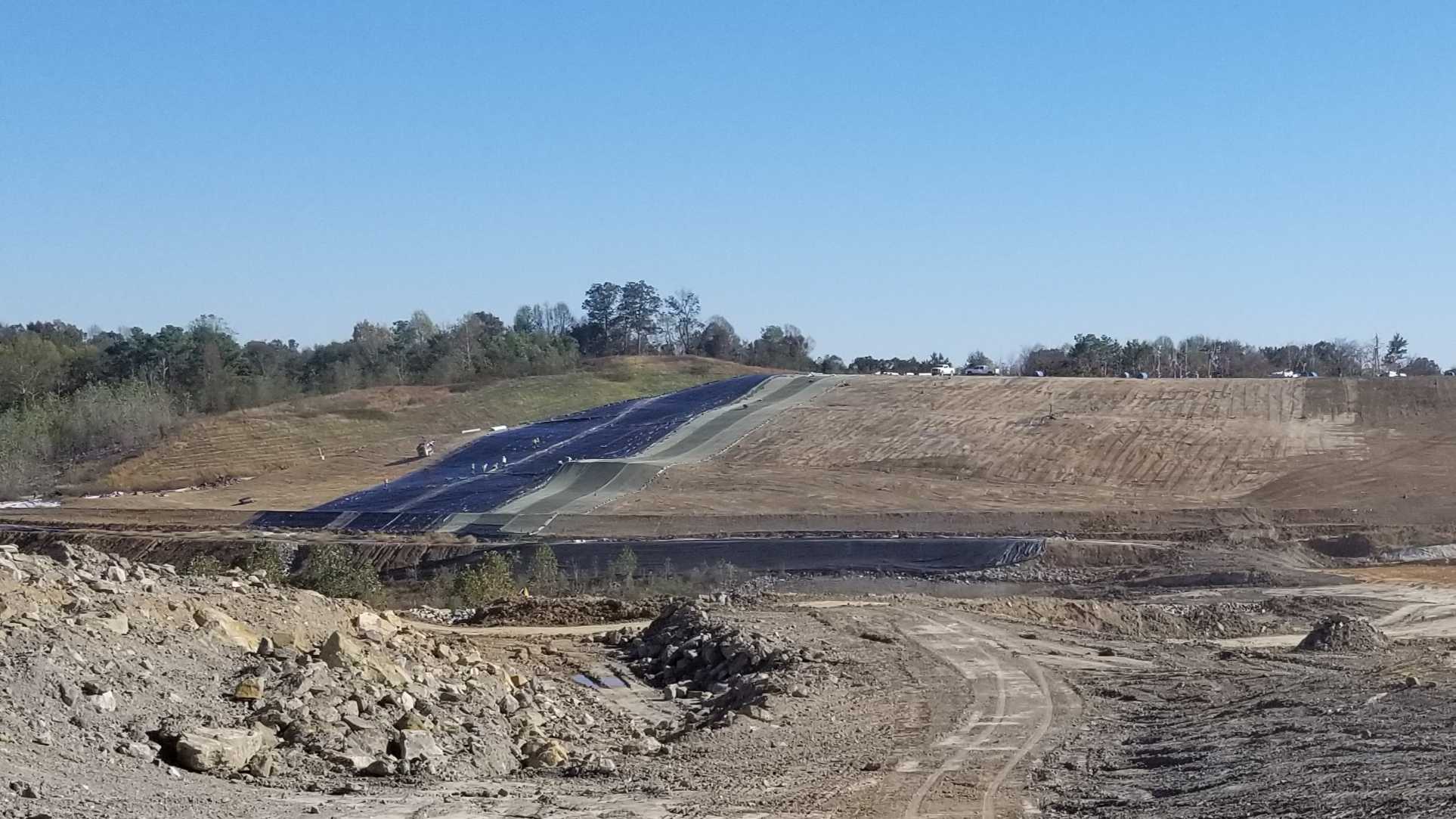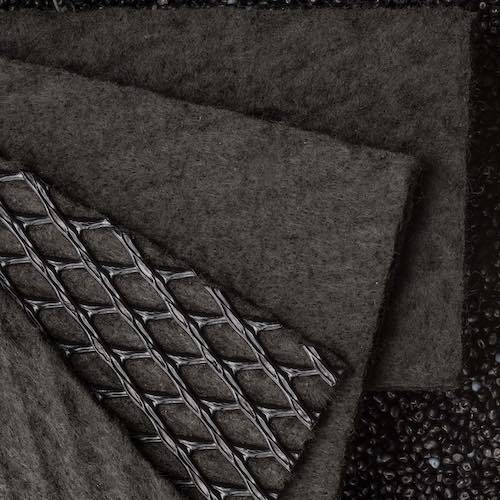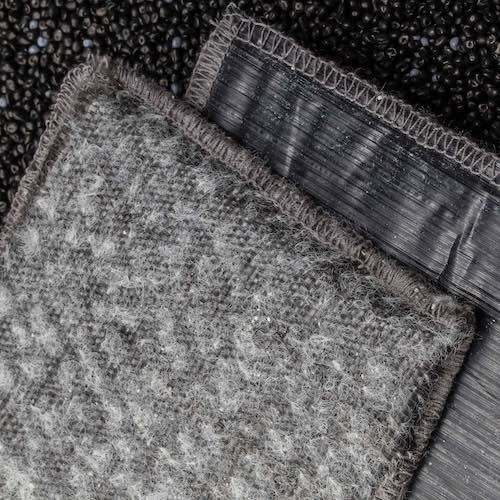PFAS & Geosynthetics Update: The Environmental Protection Agency (EPA) has released their mandated PFOA and PFOS Diffusion through LLDPE and LLDPE Coextruded with EVOH at 22℃, 35℃, and 50℃ . This document is open for public comment until February 22, 2021. It details three current techniques for abatement of PFAS in the environment including: thermal (burning), landfilling and underground injection for PFAS in aqueous form. The paper discusses that while uncertainties remain in the efficacy of these three technologies in the migration of PFAS within the environment; the guidance is currently meant to equip decision makers with information regarding the existing options of PFAS destruction and disposal. Specific to the geosynthetic industry is the discussion of PFAS and PFAS-containing materials disposal via landfills.
Hazardous Waste vs. Municipal Solid Waste Landfills
EPA’s guidelines specify two types of landfills as a potential disposal technology for PFAS and PFAS-containing materials: hazardous waste and municipal solid waste. If permitted and properly constructed, both types of landfills have safeguards in place to mitigate the release of PFAS into the environment through leachate and landfill gas.
Hazardous waste landfills are mandated by RCRA Subtitle C to have the highest degree of environmental controls and practices that would theoretically hinder the migration of PFAS. These mechanisms include extensive record keeping, double liner systems with built-in leachate collection and leak detection and capping when the landfill reaches maximum capacity. This allows for any leachate which may contain PFAS that escapes the liner system to be captured and recirculated into the landfill, disposed of in another manner, or destroyed. As most hazardous waste is not biologically active, gas collection systems are not required by Subtitle C, but could be installed if the need arises.
Municipal solid waste (MSW) landfills fall under the direction of RCRA Subtitle D and accept non-hazardous waste including much of the Nations household and commercially generated waste. Environmental safeguard requirements for this type of landfill varies by State and are commensurate with the waste they receive. EPA’s guidance suggests that only those municipal solid waste landfills that are constructed with composite lining systems are suggested to accept PFAS and PFAS-containing waste. These systems include leachate and gas collection and management and are capped when maximum capacity is reached. Unlike hazardous waste landfills, gas collection is necessary in the case of
MSW landfills for effective PFAS containment. This is due to the generally high amount of putrescible waste, such as food and paper, that could carry fugitive PFAS gasses and be released into the environment.
Key Uncertainties: PFAS & Geosynthetics
Even with the implementation of the environmental safeguards described above, it is still imperative that leachate and gaseous releases be secured and appropriately treated to eliminate the migration of PFAS into the environment from landfills. Leachate must be captured and either solidified or recirculated in its aqueous form into the landfill or destroyed. Another uncertainty relates to how PFAS will interact with various geomembranes and geotextiles used in landfill lining systems, especially in high concentrations within leachate.
With the ability to be carried with gasses, PFAS also must be appropriately captured and destroyed when off-let with landfill gas emissions. The effects of flaring, or burning of gasses that many landfills employ, on PFAS has not yet been determined and needs more definitive research. Lastly, the type of final cover system on a landfill that has reached maximum capacity is important to the containment of PFAS. The document suggests that synthetic lining systems are more effective than earthen caps for keeping PFAS from escaping into the environment. Earthen caps are more prone to wet/dry cycle cracking and are therefore more prone to emitting landfill gas emissions which could contain PFAS as described above.
Suggested Research: PFAS & Geosynthetics
The uncertainty of how PFAS will act and react in landfill systems calls for further research as suggested by the EPA. Specifically, this guidance document suggests research on the effects of PFAS on liner integrity, gaseous emissions from landfills, the effectiveness of leachate treatment for PFAS removal, and the levels and types of PFAS in landfill leachate. Currently, the EPA has undertaken research on the presence and management of PFAS in different landfill types and controlling emissions and discharges. These studies are meant to evaluate the effectiveness of leachate treatment technologies to manage PFAS. Various thermal treatment research is also being conducted by the EPA that would apply to emissions of PFAS through landfill gasses, and the effectiveness of flaring.
Near-term (within the next 1-2 years) research to be conducted by the EPA scientists includes investigating the composition of PFAS in landfilled materials, characterizing air and waste emissions, and characterizing the concentrations and treatment of PFAS in leachate. Researchers are also set to examine potential impacts to and suitability of landfill liners and leachate collection systems from PFAS.
Outside of the EPA, research is currently being conducted at Queen’s University in Kingston, Ontario, Canada on the
diffusion of PFAS through LLDPE and LLDPE coextruded with EVOH . This study will be meaningful in determining the impacts of PFAS on various geomembrane liners. The guidance document also sites a study (Li, 2011) on the impacts of PFAS on sodium bentonite clay liners, which are standard in many landfill composite lining systems. It was found that PFAS did not significantly compromise the performance of the bentonite clay liner, a reassuring result for our environment. Studies such as these will be considered by the EPA in further guidance documents on the destruction and disposal of PFAS and PFAS-containing materials.
You can count on International Cover Systems to stay up to date on the latest research being conducted in terms of PFAS and geosynthetics.
Contact ICS for your PFAS containment and remediation needs!






